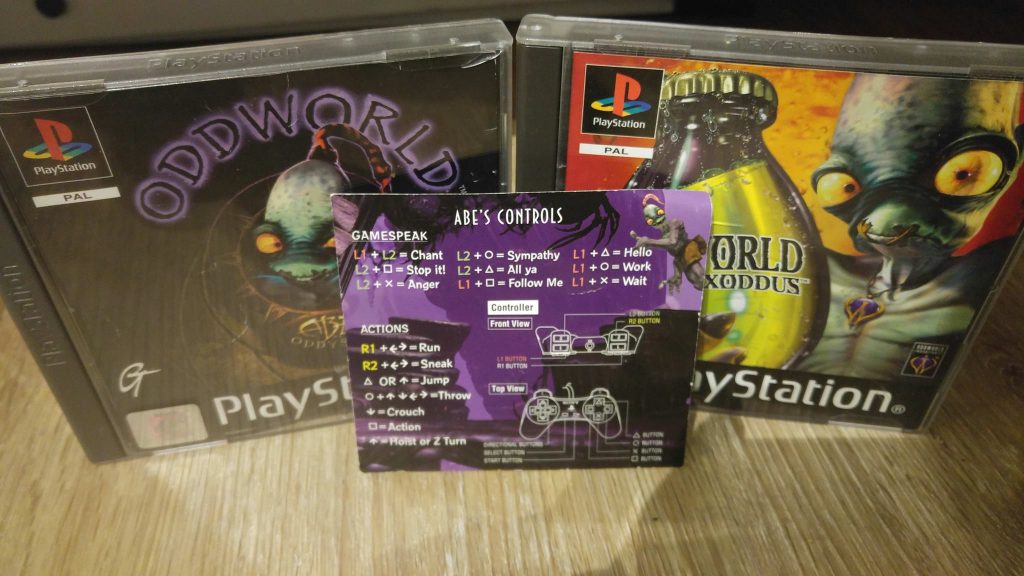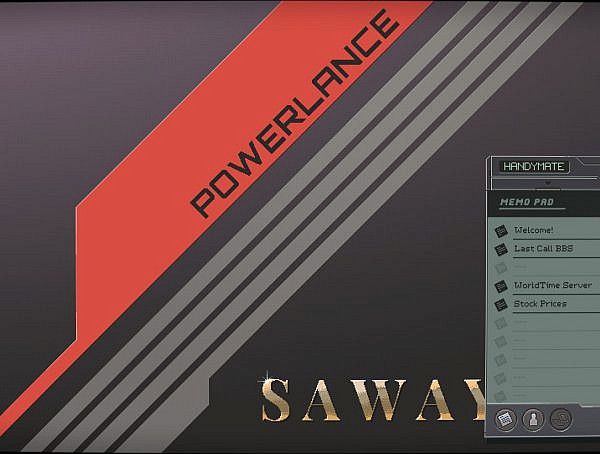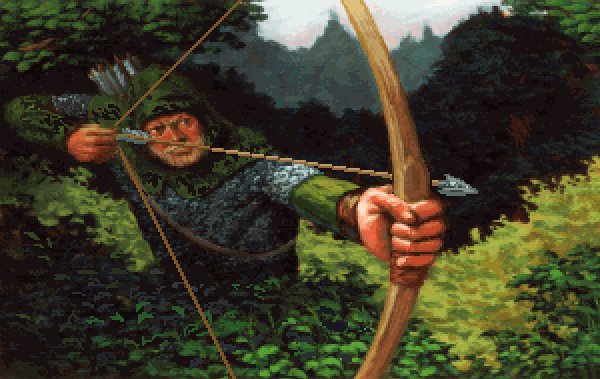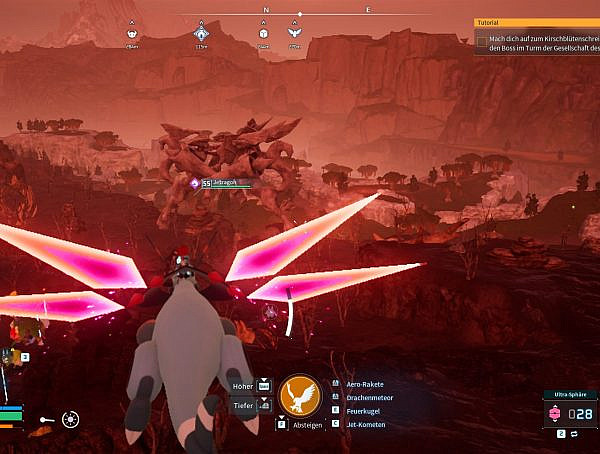1998: A game Oddyssey – Oddworld: Abe’s Exoddus review
Oddworld: Abe’s Exoddus, much like its predecessor Abe’s Oddyssey, is one of the finest examples of the niche sub-genre that is the cinematic platformer. Cinematic platformers employ realistic character proportions, jump arcs, movement speed as well as fall damage to create a sense of verisimilitude in gameplay. In practise this means that these games break every convention that makes a traditional platformer fun: instead of chain stomping on Goombas and spin dashing through stages, players are forced to approach levels very methodically for otherwise they’ll perish quickly and painfully.
Abe’s Exoddus plays exactly like that. The main character Abe is a feeble alien. He has no means of self-defense and he dies from a single hit. This makes for some very intense gameplay moments, as the game is designed and paced in such a way that you’re often meant to barely escape from harm’s way. Waiting for Abe to slowly hoist himself up a ledge while a mutant dog is on his tail can be rather unnerving.
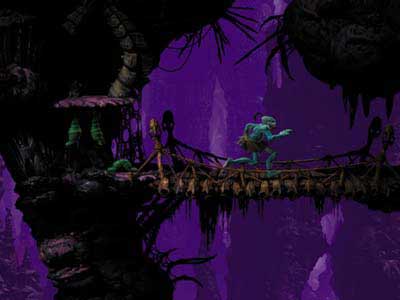 Picture source: 1
Picture source: 1
The vulnerability of the main character ties well into the game’s underlying theme of never giving up and fighting against oppressors as the underdog. The game is structured in such a way that each stage is divided into multiple screens, as opposed to scrolling, as is the norm in side scrolling platformers. Each stage is like a puzzle that you have to conquer through dying repeatedly and slowly figuring out what to do and how to execute your plan flawlessly. The trial and error based gameplay can rub many people the wrong way, but unlike in Abe’s Oddyssey, there’s a quick save feature in this game. While you don’t have to re-do entire stages each time you die, the intensity of the challenges within those stages has been turned up to eleven to compensate for that.
This game isn’t only about rote memorization however. It’s a puzzle-platformer hybrid that’s based around a unique gimmick. Abe is a runaway slave, tasked with saving his fellow mudokon slaves from the clutches of an evil meat processing plant. In order to do so, the player must communicate with them using an elaborate in-game command system dubbed ‘GameSpeak’. Not only does it allow you to order your fellow mudokon slaves around, but Abe is also capable of possessing various creatures in order to perform tasks he normally wouldn’t be able to. As a sequel, Exoddus greatly expands upon this mechanic to allow for more commands and you to possess more enemy types.
Visually this game is amazing. It uses pre-rendered backgrounds to a marvelous effect, bringing alien vistas and grim factories to life in stunning detail. The mesmerizing visuals are complemented by a deeply atmospheric and otherworldly soundscape.
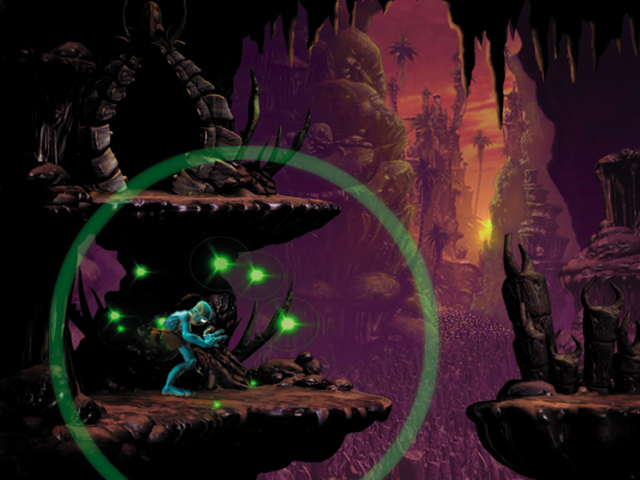 Picture source: 2
Picture source: 2
It’s hard to say whether I prefer this sequel over the original. While Exoddus, with its new quality of life features and larger amount of content, is better as a video game, I feel that on a thematic level the original shines a bit brighter. I highly recommend both.
Title: Oddworld: Abe’s Exoddus
Developer: Oddworld Inhabitants
Publisher: GT Interactive Software
Platform: PS1, PC, Gameboy Color
Released: November 1998
PEGI Rating: 11
Picture sources:
- http://oddworldlibrary.net/archives/togg/picture.php?/1498/category/32
- http://oddworldlibrary.net/archives/togg/picture.php?/1150/category/32
You might also like
More from Game Reviews
Microsoft Solitaire: classic games to kill time
Perhaps the most played games in offices worldwide, Microsoft Simulator is a pinacle of design from the era where games …
Reviewing Elden Ring amidst Elden Ring Nightreign hype
Elden Ring Nightreign is coming soon, so now might be a great time to take a another look at Elden …
Palworld – Was the hype worth it?
The open-world survival game where you can exploit cute creatures – or just enjoy their adorableness and hang out with …







